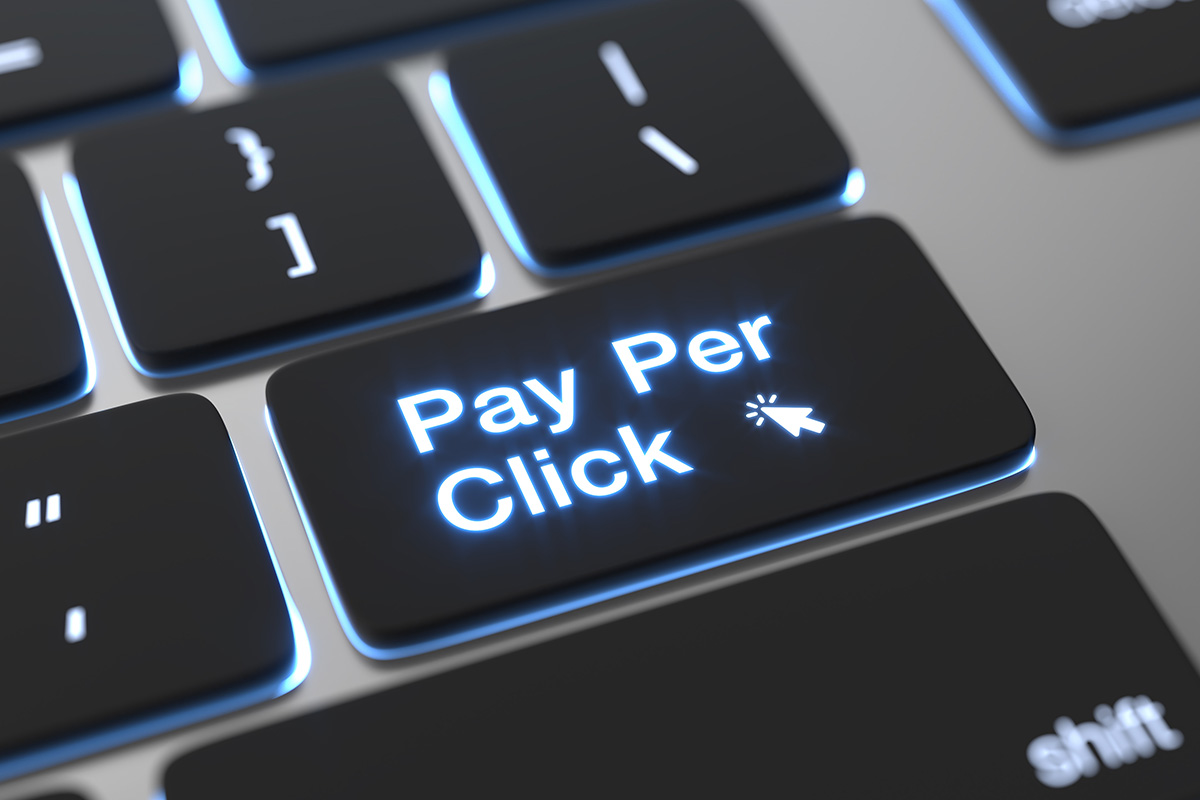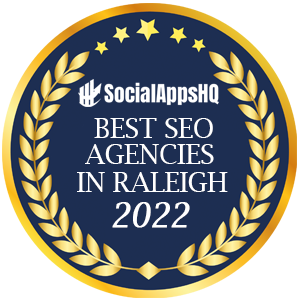In today’s digital age, where competition is fierce and attention spans are fleeting, businesses are constantly seeking innovative ways to connect with their target audience and drive growth. Among the myriad of marketing strategies available, paid advertising stands out as a powerful tool for businesses looking to expand their reach and maximize their ROI. In this article, we’ll delve into the numerous benefits that paid ads offer to businesses of all sizes and industries, starting with an exploration of what paid advertising actually entails, including its various types.
What Is Paid Advertising?
Paid advertising, also known as pay-per-click (PPC) advertising, refers to the practice of paying for ad placement on various online platforms to promote products, services, or brands. Unlike organic methods like search engine optimization (SEO) or content marketing, which rely on unpaid tactics to increase visibility, paid advertising involves bidding on keywords, targeting specific audiences, and paying for each click or conversion generated by the ads.
Platforms such as Google Ads, Facebook Ads, Instagram Ads, LinkedIn Ads, and Twitter Ads offer businesses the opportunity to create and display ads to their target audience based on a variety of parameters, including demographics, interests, and online behavior. These ads can take various forms, including text-based search ads, display ads, video ads, and sponsored content, and can appear across a wide range of digital channels, including search engines, social media platforms, websites, and mobile apps.
Types of Paid Ads
Paid Search Ads
Search engine advertising, such as Google Ads, allows businesses to bid on keywords related to their products or services. When users search for those keywords, relevant ads are displayed at the top of the search results, increasing visibility and driving targeted traffic to the advertiser’s website.
Paid Social Ads
Social media platforms like Facebook, Instagram, LinkedIn, and Twitter offer businesses the opportunity to create highly targeted ads that appear in users’ feeds or alongside other content. These ads can be tailored based on users’ demographics, interests, and behaviors, allowing for precise targeting and increased engagement.
Display Ads
Display advertising involves creating visual ads that are displayed on third-party websites within the Google Display Network or other ad networks. These ads can be static images, animated banners, or rich media ads and are used to raise brand awareness, drive traffic, and retarget website visitors.
Video Ads
With the rise of video content consumption, video advertising has become increasingly popular. Platforms like YouTube, Facebook, and Instagram offer businesses the opportunity to create and display video ads to their target audience, whether as in-stream ads, skippable ads, or sponsored content.
Shopping Ads
Shopping ads, also known as product listing ads (PLAs), allow e-commerce businesses to promote their products directly within the search results on platforms like Google and Bing. These ads feature product images, prices, and other relevant information, making it easier for users to discover and purchase products online.
1. Enhanced Visibility and Reach
Paid advertising enables businesses to instantly increase their visibility in the crowded online marketplace. With platforms like Google Ads, Facebook Ads, and Instagram Ads, you can target specific demographics, interests, and behaviors, ensuring that your ads are seen by those most likely to convert into customers. This targeted approach not only maximizes reach but also boosts brand awareness among relevant audiences.
2. Precise Targeting and Audience Segmentation
One of the key advantages of paid advertising is its ability to target specific demographics with precision. By leveraging advanced targeting options, businesses can tailor their ads to reach audiences based on factors such as age, gender, location, interests, and browsing behavior. This granular level of targeting ensures that your ads are seen by the right people at the right time, increasing the likelihood of engagement and conversions.
3. Cost-Effective Marketing Solution
Contrary to popular belief, paid advertising doesn’t have to break the bank. With flexible budgeting options and performance-based pricing models like cost-per-click (CPC) and cost-per-acquisition (CPA), businesses can effectively manage their advertising spend and optimize campaigns for maximum ROI. Additionally, the ability to track and analyze campaign performance in real-time allows for continuous optimization, ensuring that your marketing dollars are being spent efficiently.
4. Immediate Results and Measurable Impact
Unlike organic methods like search engine optimization (SEO) or content marketing, which can take time to yield results, paid advertising offers quicker, sometimes immediate, results. With the click of a button, businesses can launch targeted campaigns and start driving traffic to their website or landing pages immediately. However, it’s important to note that while instant results are achievable, the full spectrum of benefits—including enhanced brand awareness, refined branding, and optimized AI-driven targeting—tends to unfold over a longer period. Typically, it is recommended to maintain campaigns for up to six months to fully capitalize on these advantages. Over time, various factors improve, increasing the effectiveness of the campaigns.
Furthermore, the robust analytics provided by advertising platforms allow businesses to track key metrics such as impressions, clicks, conversions, and ROI, providing valuable insights into campaign performance and informing future marketing strategies.
5. Increased Website Traffic and Conversions
By directing qualified traffic to your website or landing pages, paid advertising serves as a catalyst for driving conversions and sales. Whether you’re promoting a new product, announcing a special offer, or simply raising brand awareness, paid ads provide a direct pathway for potential customers to engage with your business and take desired actions. With compelling ad creatives, persuasive messaging, and optimized landing pages, businesses can maximize their conversion rates and capitalize on the influx of traffic generated by paid campaigns.
6. Competitive Advantage and Market Domination
In today’s hyper-competitive business landscape, staying ahead of the competition is paramount. Paid advertising allows businesses to gain a competitive edge by outbidding rivals for ad placement, targeting niche audiences, and capitalizing on emerging trends in real-time.
Additionally, when individuals search online and encounter a PPC (pay-per-click) ad, alongside the company’s Google Business Profile, map listing, and organic search result, the combined visibility significantly boosts brand awareness. This multifaceted presence not only enhances the overall impact of their visibility but also supports the effectiveness of their outreach efforts—even without direct ad clicks. Many users, upon noticing the ad, might choose to engage with the organic listing if it appears close to the ad, thereby reinforcing the brand’s market presence.
By investing in strategic paid campaigns, businesses can establish themselves as industry leaders, dominate key markets, and solidify their position as top-of-mind brands within their respective niches.
Getting Started with Paid Advertising
-
- Set Clear Objectives: Before diving into paid advertising, it’s crucial to define your objectives and key performance indicators (KPIs). Whether you’re looking to drive website traffic, generate leads, or increase sales, having clear goals will guide your campaign strategy and measurement efforts.
- Identify Your Target Audience: Take the time to research and understand your target audience’s demographics, interests, and online behavior. This information will inform your targeting parameters and help you create relevant and compelling ad content that resonates with your audience.
- Choose the Right Platforms: Selecting the appropriate advertising platforms based on your target audience and campaign objectives is essential. Consider factors such as platform demographics, ad formats, and targeting options when choosing where to allocate your advertising budget.
- Create Compelling Ad Content: Craft attention-grabbing ad creatives that effectively communicate your value proposition and compel users to take action. Whether you’re using text, images, or videos, ensure that your ads are visually appealing, relevant to your target audience, and aligned with your brand identity.
- Monitor and Optimize Performance: Continuously monitor your ad campaigns’ performance and make data-driven adjustments to optimize results. Test different ad creatives, targeting parameters, and bidding strategies to identify what works best for your business and maximize your return on investment.
- Track and Analyze Results: Utilize analytics tools provided by advertising platforms to track key metrics such as impressions, clicks, conversions, and ROI. Analyzing these metrics will provide valuable insights into campaign performance, user behavior, and areas for improvement, allowing you to refine your strategies and achieve better results over time.
By following these steps and leveraging the power of paid advertising, businesses can effectively reach their target audience, drive meaningful engagement, and achieve their marketing objectives in today’s competitive digital landscape.
Frequently Asked Questions about Paid Advertising
Q. Are paid ads worth the investment for small businesses?
A. Yes, paid ads offer scalable solutions that can fit various budgets, making them accessible and beneficial for businesses of all sizes.
Q. How do I determine the right advertising platform for my business?
A. Consider your target audience, business goals, and the nature of your products or services. Each platform has its strengths, so choose the one that aligns best with your marketing objectives.
Q. Can paid ads work alongside organic strategies?
A. Absolutely. Combining paid and organic strategies can create a synergistic effect, boosting overall visibility and engagement.
Hiring an Agency for Your Paid Ads
While ads are effective, designing and running ad campaigns is a complicated business that requires experience and expertise to be cost-effective and successful. That’s where an experienced agency comes in.
Choosing the right agency for managing paid ads is crucial for ensuring your advertising budget is used effectively to meet your business goals. Here are some key factors to consider when evaluating agencies:
-
- Understanding of Your Objectives: The agency should have a clear understanding of your business goals and how paid advertising fits into your overall marketing strategy. They should be able to articulate how they will help you achieve your objectives.
- Transparency: A good agency will be transparent about their strategies, reporting, billing, and any other aspect of their service. This includes clear communication about what is and isn’t working in your paid ads campaign.
- Creative Capabilities: The ability to design engaging and compelling ad creatives is crucial for a successful campaign. Ensure the agency has strong creative capabilities or partnerships with creative professionals.
- Data-Driven Approach: Look for agencies that utilize data analytics to inform their decisions and strategies. They should be adept at using data to optimize campaigns, target the right audiences, and achieve better ROI.
- Communication and Reporting: Regular and clear communication is vital. The agency should offer regular, detailed reports that show performance metrics, insights, and actions taken.
Contact Precision Marketing Partners to Get Started With Paid Ads for Your Business
By implementing strategic paid campaigns and continuously optimizing performance, businesses can expand their reach, drive targeted traffic, and ultimately increase their bottom line in today’s competitive marketplace. For those looking to embark on their paid advertising journey with confidence, partnering with a reputable marketing agency can be invaluable. With the guidance and support of a trusted marketing partner, businesses can harness the full potential of paid advertising to achieve their marketing goals and drive sustainable growth.






